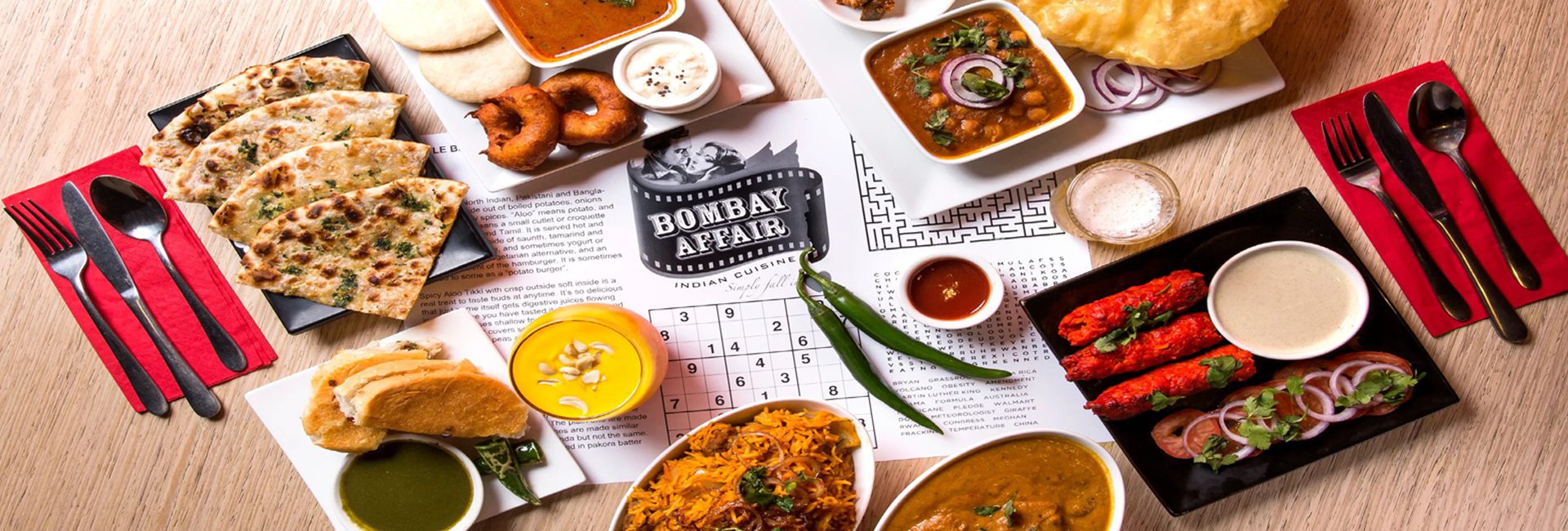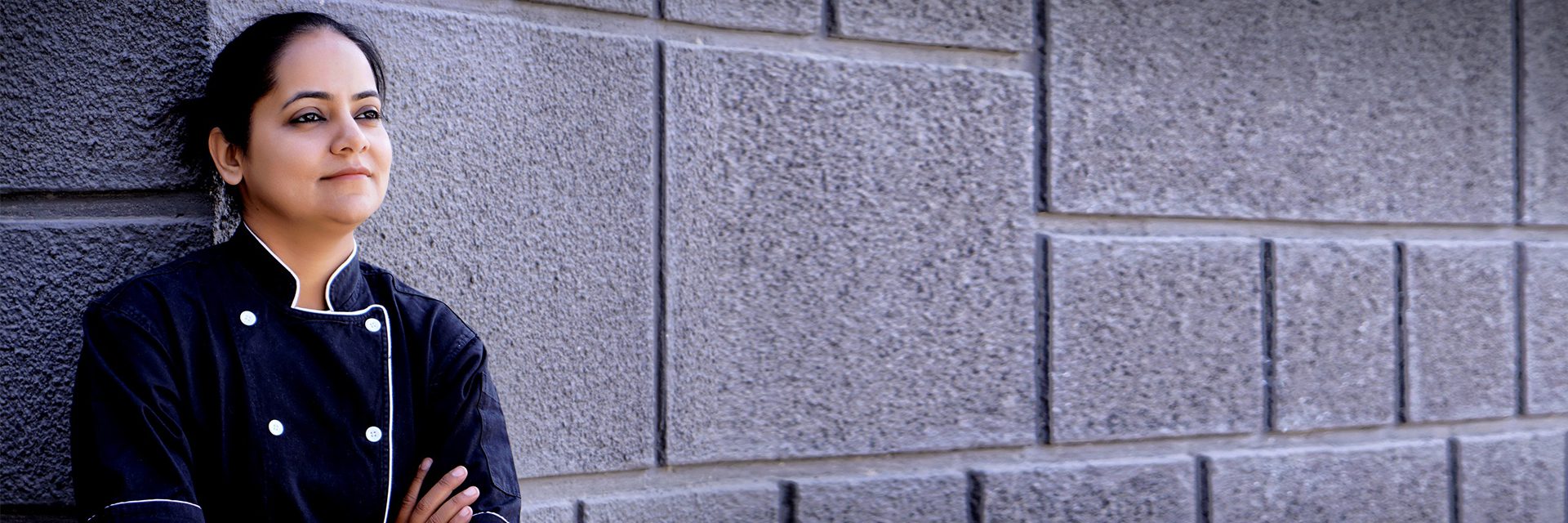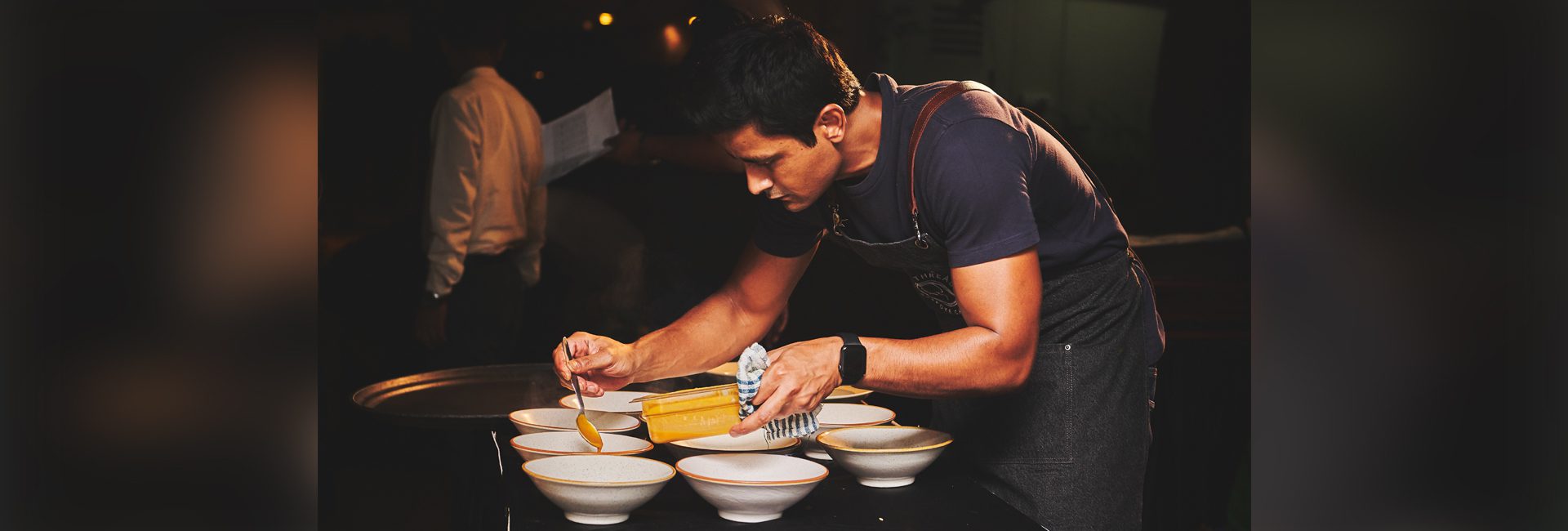(October 1, 2022) He had the judges Andy Allen, Melissa Leong and Jock Zonfrillo drooling over his Indian take on tacos and his simple, yet sumptuous daal bhaat and chicken jalfrezi. High on flavor and rich with aromas that tickle the senses, the delectable dishes by Justin Narayan swept away the MasterChef Australia 2021 judges. The Global Indian went on to win the coveted trophy, making him the second Indian to do so after Sashi Cheliah. “I think it’s super delicious. It’s tasty food and when you compare it to everything else, Indian food competes really well. That’s what I think,” Justin Narayan said later, on Indian flavours taking the spotlight on MasterChef.
That’s the magic of Indian food, which is now on the cusp of exploding in Australia, with its origins in kangaroo-land going back to the 1960s, brought there by teachers and doctors who were among the early set of immigrants. While it was mostly restricted to home cooking, desi khaana started finding a more commercial foothold in the ’90s, after a large chunk of Indian software professionals arrived at the land Down Under in the ’80s. Soon, Indian restaurants started sprouting in every corner of the continent, and many began giving the cuisine, which was once considered “ugly delicious,” a stunning makeover.
View this post on Instagram
“Indian food has really grown in Australia! It is a very popular cuisine with many young people, including those who have travelled extensively in India and have very happy memories of what they’ve experienced,” Australian restaurateur and food educator Stephanie Alexander told NDTV.
Since the Punjabi community was among the earliest Indian immigrants in Australia, north Indian food became the default Indian cuisine. It was a perception that took years to change. As The Guardian mentions, when Vikram Arumugam and Preeti Elamaran opened their restaurant Nithik’s Kitchen in Sydney in 2013, Australians hadn’t heard about Chettinad food. “They wanted tandoori chicken or butter naan,” Vikram told the daily. However, things started to shift as the natives began to embrace South Indian flavours like idlis with mutton or fish curry.
It was this gap which led Sashi Cheliah, who went on to become the first-ever Indian winner of MasterChef Australia, to begin his culinary experiments at home and also consider a step-up in terms of plating and presentation. “When I moved to Australia from Singapore, I missed authentic South East Asian food. I missed the street food that the hawkers make. So, I ended up cooking at home. I wanted my kids to enjoy what I enjoy. This led me to playing with plating and making food look presentable for them. That is when I realised that while food needs to be authentic, robust and flavourful, it also needs to look presentable,” Sashi told TOI.
View this post on Instagram
While the Indian palate bears little resemblance to Australian food, the natives are now welcoming the spicy and sour flavours of Indian cuisine. “Back when I was in my thirties, Indian food existed in Australia but existed in a simple form. It did not adequately demonstrate the complexities or subtleties of regional Indian food. As the years have rolled past and we have more Indian families living in Australia and Indian students studying in Australia, it has come to reflect in the complexity and intricacy of the food that’s available,” added Stephanie.
With Indians forming the third largest migrant group in Australia, 721,050 Indians live in Australia as of June 2020, a number that has more than doubled since 2010. Thanks to the efforts of the Indian diaspora, the cuisine has also found a befitting welcome in the country. So much so that celebrity chef Sarah Todd whipped up a plate of bhel puri at the fourteenth season of MasterChef Australia, sending social media into a frenzy. “My son is half-Indian. And I feel the moment he was born was when I took on a responsibility to understand his culture and cuisine. I wanted to make sure that when he goes to school, and he’s taking paratha in his lunchbox here in Australia, he’s being accepted for that,” she told YourStory.
View this post on Instagram
Even Indian restaurants like Delhi Street and Gopi Ka Chatka in Melbourne are now focussing on street food or chaat as we call it in India, including pani puri and bhel puri. This is enough indication of the cuisine’s popularity in Australia. What was once confined to the homes of Indians living in Australia has found recognition in the continent, thanks to its rich flavours.



